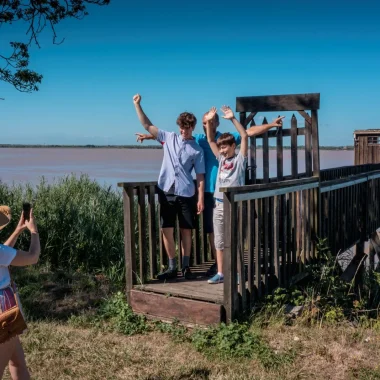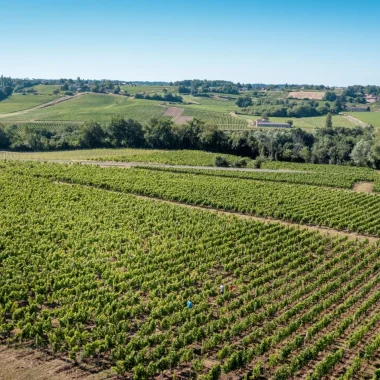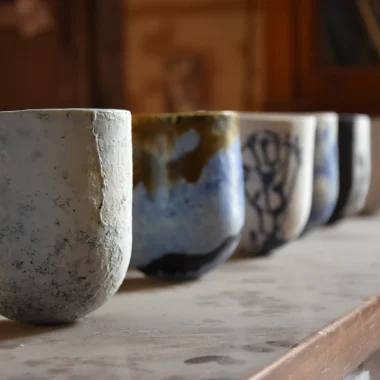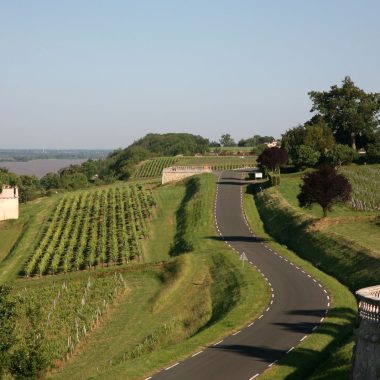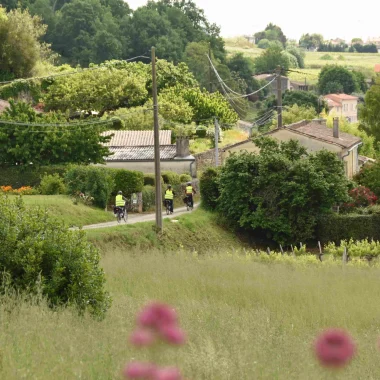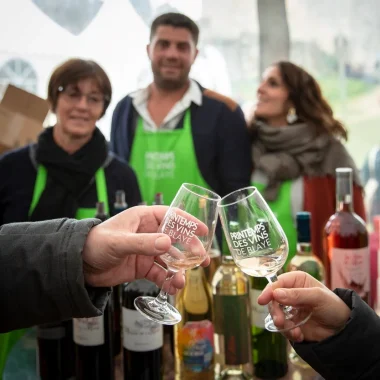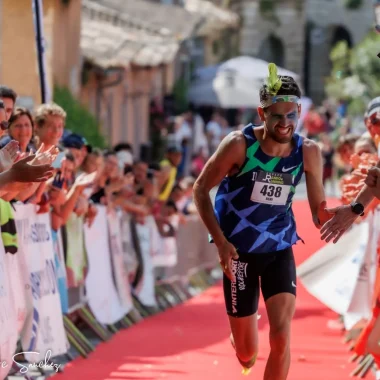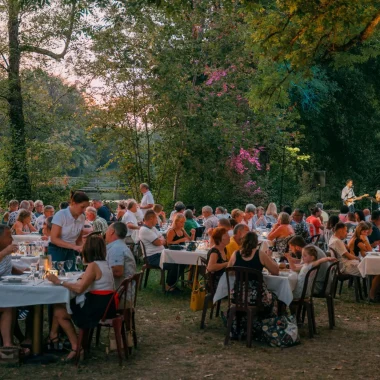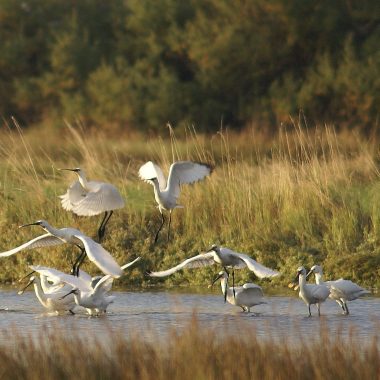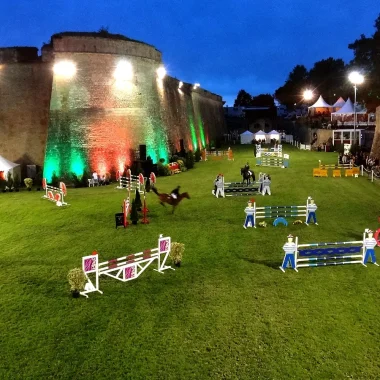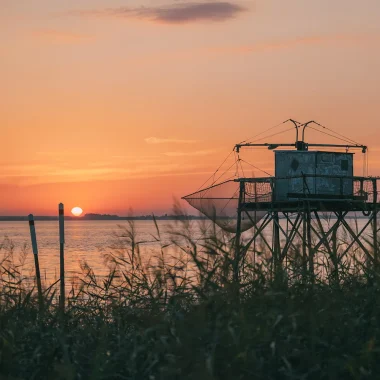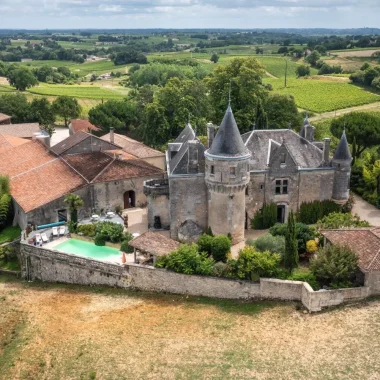Heaven, my family is coming!
“Everything is organized on our side, we will come to see you next weekend and we can’t wait for you to show us around your beautiful region! Kisses". This may be the text message you have already received from your mother... or that you will receive one day! The promise of a pleasant weekend with the family… but…
Sunday in the green: the Montalon loop
Departing from Saint-André-de-Cubzac, this walking loop offers the diversity of the territory on a plateau: religious heritage, vineyards, but also unusual places like the house of a certain sailor in a red cap... With the final bouquet, a breathtaking view of the Dordogne valley from the Montalon hillside. I prepare…
Bourg, village of artists and second-hand dealers
Bourg: bohemian girl from BBTE A broc' and arty atmosphere reigns in the cobbled streets of Bourg: galleries and artists' studios are particularly numerous in this charming medieval village, on the upper part overlooking the Dordogne. Open to the public all year round, dare to open the doors for a stress-free stroll.…
Reach Bourg by the Corniche road
Quickly caught up from Blaye, direction Plassac, the Corniche road which winds along the Gironde to Bourg offers an impressive panorama of the Estuary. Enclosed between steep cliffs which on one side dominate it and on the other support it, it presents to the traveler's eye a most picturesque landscape. Charm…
The Corniche route by bike
Connecting Villeneuve to Bourg, the Route de la Corniche winds for 10 kilometers along the Dordogne to finally reveal the Gironde estuary, the largest in Europe at 80 kilometers long. From the foot of the cliffs to their summit, it is an unmissable route for heritage lovers and travelers…
Heritage getaway from Blaye to Bourg
For a romantic weekend or a getaway with friends or family, we have put together a turnkey program for you to explore our heritage between Blaye and Bourg. Immerse yourself in the atmosphere of our typical villages and meet our locals who are proud of their territory! We are well placed to…
Take part in the Blaye Wine Spring!
Every year, at the same time, the Blaye citadel is stormed! Our winegrowers are coming for an extraordinary weekend! Curious participants flock to the gates of the stronghold to collect their tickets... With a program in hand and a glass in the other, set off to conquer spring...
Run the Blaye Wine Marathon
There are now more than 1500 people taking on the challenge of the 42,195km Blaye Wine Marathon each year. An atypical race in the heart of the vineyard, which since 2004 has attracted athletes from all over the world in search of a unique experience. Among them, an irreducible (and now famous) Blayaise, who won the race 9 times (03:12:16…
Tonight it’s a guinguette!
Want to hum, chill with friends or simply sip (in moderation) a glass of chilled local white wine lulled by the lapping water and the colorful glow of the garlands? Take out your summer dresses, your sandals and your good mood: in a deliciously old-fashioned atmosphere, the trendy vintage taverns have the…
New Island, the bird island
“There is no silence here. » It is a joyful colony which has taken over Ile Nouvelle since its “renaturation” by the Department. Visiting the New Island means obeying natural rules and it’s amazing how much good it can do! The visit begins with the crossing of the Gironde by boat from Blaye: five…
Marvel at the Jumping International de Blaye
Jumping International is the event of the year in Blaye! For more than 40 years, horse enthusiasts, high-level athletes and novices have gathered for four days in the moat of the Blaye citadel to watch the competition for some or the show for others. It’s that here, you…
Top 10 sunsets on the Estuary
Whether you are photography enthusiasts, nature enthusiasts or simply looking for a quiet break, the Blaye Bourg Terres d'Estuaire destination promises you unforgettable moments watching the sunset! Our team has prepared for you a top 10 of our most beautiful spots to watch this show. Panoramic views…
Romantic Vineyard Getaway
This weekend, let's live on love and fresh water... and a little wine too, in moderation of course. A romantic weekend in the vineyard may seem cliché, and yet... Blaye Bourg Terres d'Estuaire knew how to surprise us, and make our bucolic getaway unique in the world. Memories of a beautiful summer break…” SATURDAY 10 a.m.:…

